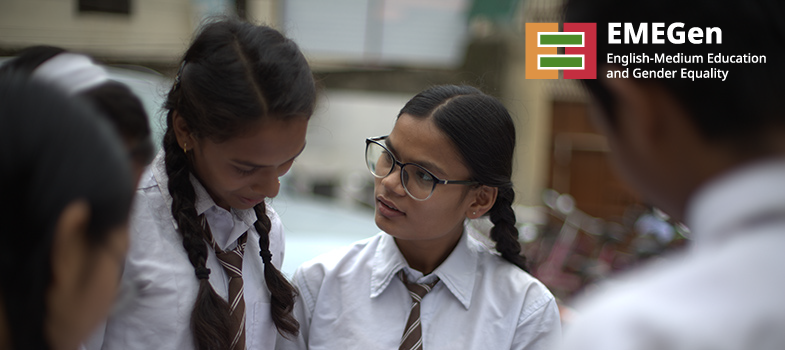OER 4 Digital and tech for language and learning
1.1 Global research
In 2018, the Vodaphone Foundation and the Malala Fund carried out global research on girls’ access to and uses of mobile phones. This research found that girls are aware of the positive impact that mobile technology can have on their lives and they are creative in getting access to it.
Look at this data from the report, Real girls, real lives, connected.
Notice the opportunities for language, communication and learning in mobile technology:
|
Phone uses |
Girls who own a phone (n = 351) |
Girls who only borrow (n = 418) |
Girls who own and borrow (n = 181) |
|---|---|---|---|
|
Calls |
90% |
69% |
31% |
|
SMS |
65% |
33% |
81% |
|
Games |
35% |
31% |
27% |
|
Entertainment |
43% |
27% |
34% |
|
Radio |
40% |
29% |
26% |
|
|
44% |
21% |
18% |
|
Internet |
42% |
15% |
42% |
|
Calculator |
39% |
17% |
17% |
|
|
31% |
27% |
17% |
|
Banking |
28% |
12% |
41% |
|
Homework/school work |
31% |
15% |
23% |
|
|
24% |
9% |
34% |
|
Dictionary |
22% |
12% |
33% |
(p. 26)
Since 2018, these numbers will have increased.
In your context, what access do learners have to digital technologies and ICTs (information and communication technologies)? Is this different for girls and boys?
What are the opportunities and challenges of digital and tech in your context, for girls and for boys?
In your professional role, how do you use digital and tech?
Now read from the EMEGen research.